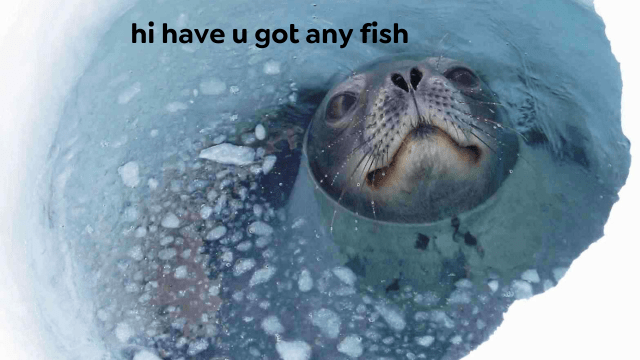Scientists, and citizen helpers, are using satellites to count seals in Antarctica.
Using satellite imagery, Antarctica’s Weddell seal population has, for the first time, been accurately estimated.
According to The Guardian, the images have been taken from space (of course, that’s where the satellites live), but they’ve been used to find where all the seals are hiding around Antarctica. Antarctica is the world’s highest, driest, windiest, coldest and iciest continent – a perfect place for a Weddell seal to hide out. It also spans 13.66 square kilometres.
[related_content first=”1810264″]
As the report notes, the presence of Weddell seals is a key indicator in the Southern Ocean, for both sea ice fluctuations and shifts in the food web. So, it’s helpful to know just how many of them are out there, not just for their own good.
Apparently, the Weddell seal can live up to 30 years in the harsh Antarctic conditions. Given the climate, counting the seals has been risky and cost-prohibitive.
“The previous research was done by traditional surveyors – shipboard surveys and aerial surveys – but you can’t physically get to the entire Antarctic continent all at one time,” Dr Michelle LaRue, associate professor of Gateway Antarctica at New Zealand’s University of Canterbury is quoted by The Guardian as saying.
LaRue’s plan for a more accurate reading was to use high-resolution satellite imagery to find these little guys without compromising safety (or scaring the seals away).
“We combined [the] imagery with a web platform to conduct a citizen science campaign to find out three things: where seals are present, their abundance, and the environmental factors that influence their habitat preferences,” LaRue is quoted as explaining.
In total, around 330,000 people offered up their time to help with the seal counting project. These volunteers were required to search the satellite images for signs of seals. As the report notes, participants were given images of an area in Antarctica to scour and asked to tick a box saying if they believed they could see a seal or not. The more people to click yes, the more efficient the narrowing down of habitats became. Making things a little more difficult, however, is that male seals like to hang out underneath the Antarctica ice, guarding their territories.
There’s about 202,000 Weddell seals in Antarctica, FYI.
The method used is now being put into action by other scientists at the British Antarctic Survey to help determine the population of walrus in the Arctic.
